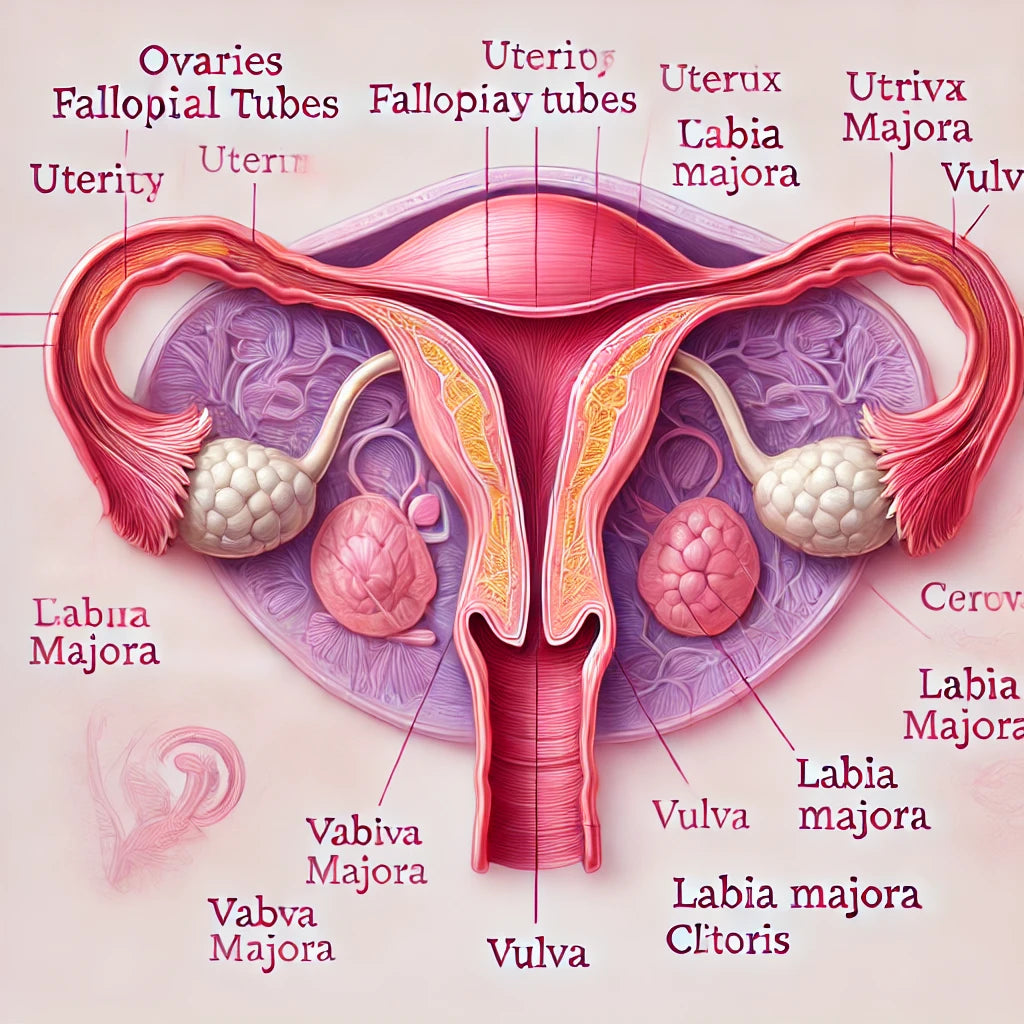Understanding the Female Reproductive System: Why It Matters
Parenting a growing teenage girl comes with unique challenges, especially as she approaches puberty. The female reproductive system plays a vital role in this transition. Understanding its anatomy and functions helps parents better support their daughters' physical and emotional health during this crucial phase.
What Is the Female Reproductive System?
The female reproductive system is a complex network of internal and external organs responsible for reproduction, menstruation, and hormone regulation. Internally, it includes the ovaries, fallopian tubes, uterus, and vagina. Externally, it features the vulva, which encompasses structures like the labia, clitoris, and urethral opening. Together, these parts work in harmony to support ovulation, menstruation, and potentially, childbirth.
Why Understanding This System Is Key
By understanding how the female reproductive system works, parents can foster open communication, identify developmental milestones, and recognize potential health issues early. Keep reading to learn about the specific structures and their roles.

Internal Structures
- Ovaries
- Function: Produce eggs (ova) and hormones like estrogen and progesterone.
- Role: Essential for ovulation and menstrual cycle regulation.
- Fallopian Tubes
- Function: Transport eggs from the ovaries to the uterus.
- Role: The site where fertilization occurs if sperm meets the egg.
- Uterus
- Function: Houses and nourishes a developing fetus during pregnancy.
- Role: Contracts to expel menstrual blood during periods.
- Vagina
- Function: Acts as a passage for menstrual flow, intercourse, and childbirth.
- Role: Maintains a balanced pH to prevent infections.
External Structures
- Labia Majora and Labia Minora
- Function: Protect internal organs and reduce friction during movement.
- Role: Barrier against infections.
- Clitoris
- Function: Primary organ for female sexual arousal.
- Role: Contains thousands of nerve endings for sensory stimulation.
- Hymen
- Function: Thin membrane partially covering the vaginal opening.
- Role: Varies significantly among individuals and holds no definitive medical significance.
How Can Parents Support Healthy Development?
- Encourage Open Communication: Create a safe space for your daughter to ask questions about her body.
- Promote Hygiene Education: Teach proper cleaning techniques to avoid infections.
- Understand Menstrual Health: Discuss periods openly and ensure access to appropriate sanitary products.
- Schedule Regular Checkups: Pediatric gynecologist visits can identify and address issues early.
Summary
The female reproductive system is intricate and vital for health and development. By understanding its structures and roles, parents can offer better support to their daughters during puberty. Open communication, education, and proper healthcare can pave the way for a confident and informed journey into womanhood.

